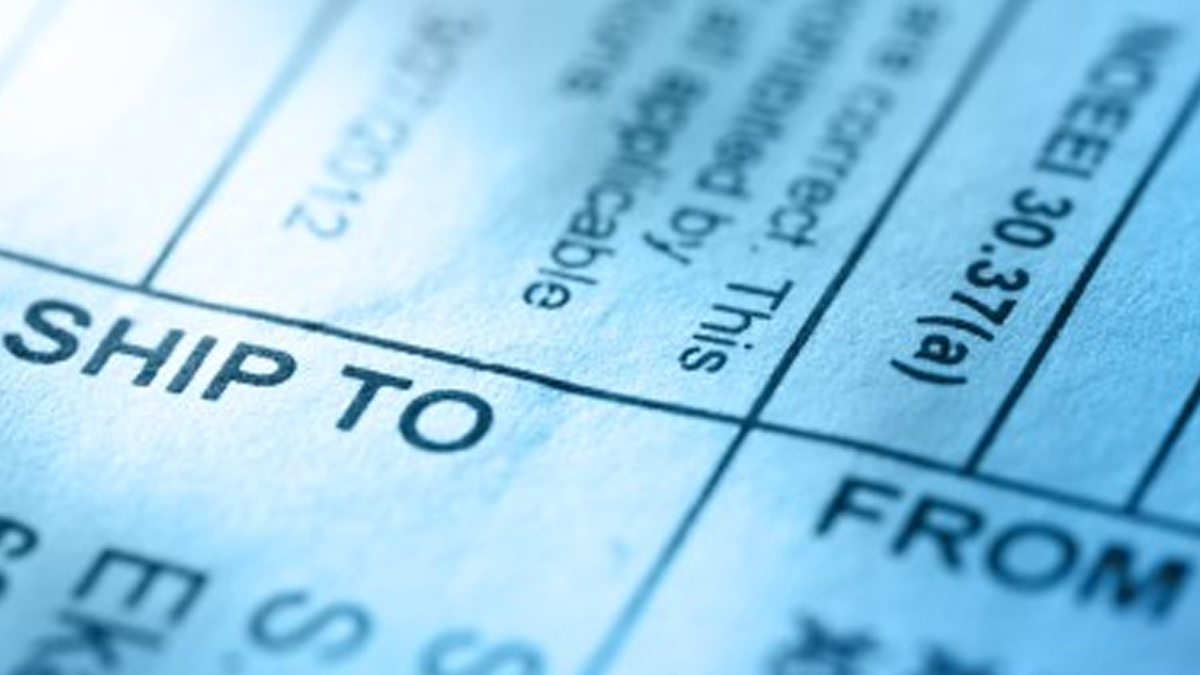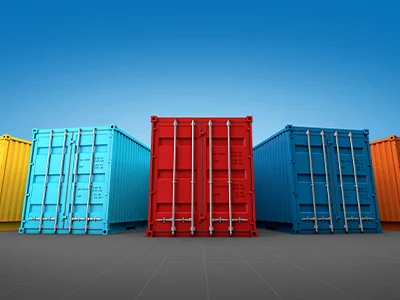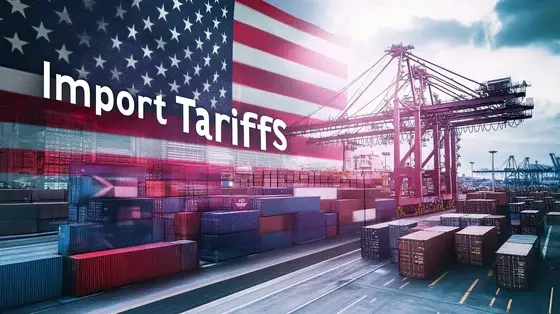On: July 9, 2025 By: David Noah
What Is an Export Declaration and Do I Need One?
The export declaration form, also known as the Shipper’s Export Declaration or SED, needs to be avoided. It's an obsolete export document that doesn't include all the information required for filing through AESDirect, and it leaves you vulnerable to errors. Here’s what to do instead.



![International Trade Briefing: July 2025 [Video]](https://www.shippingsolutions.com/hubfs/ITB%20July%202025%20Blog%20Featured%20Image.png)




